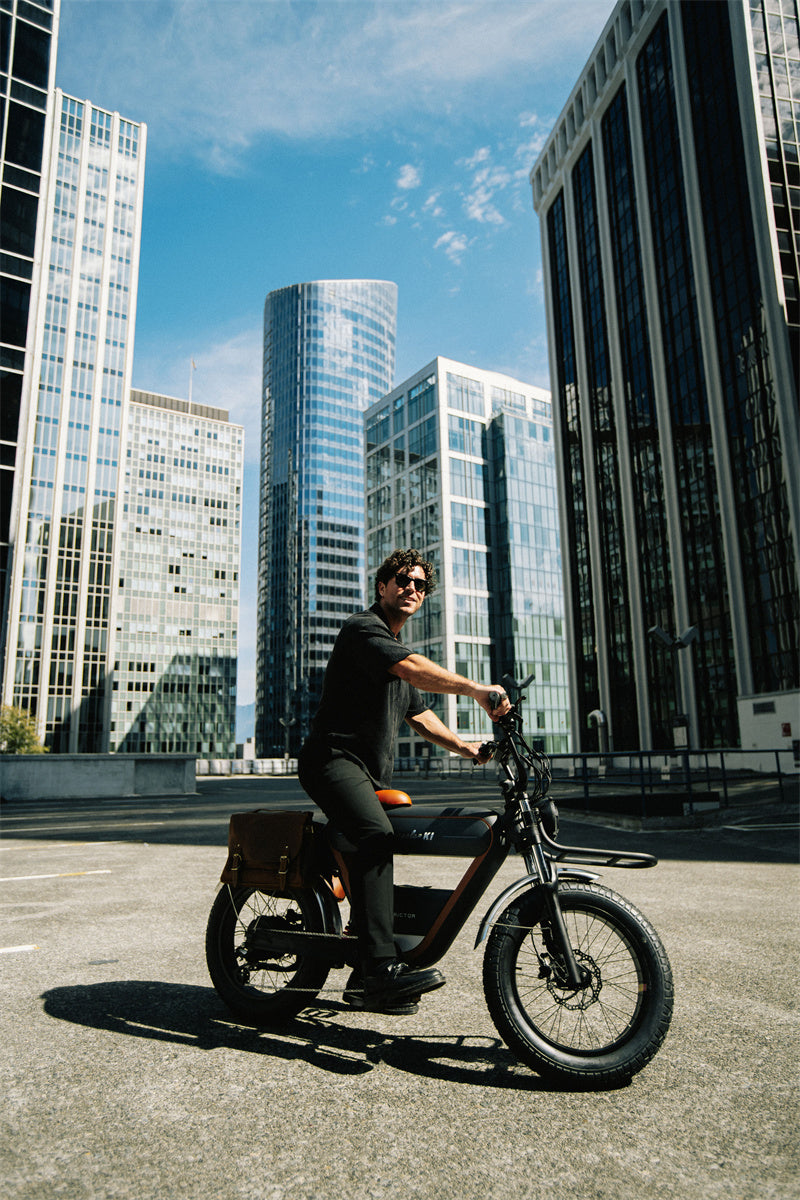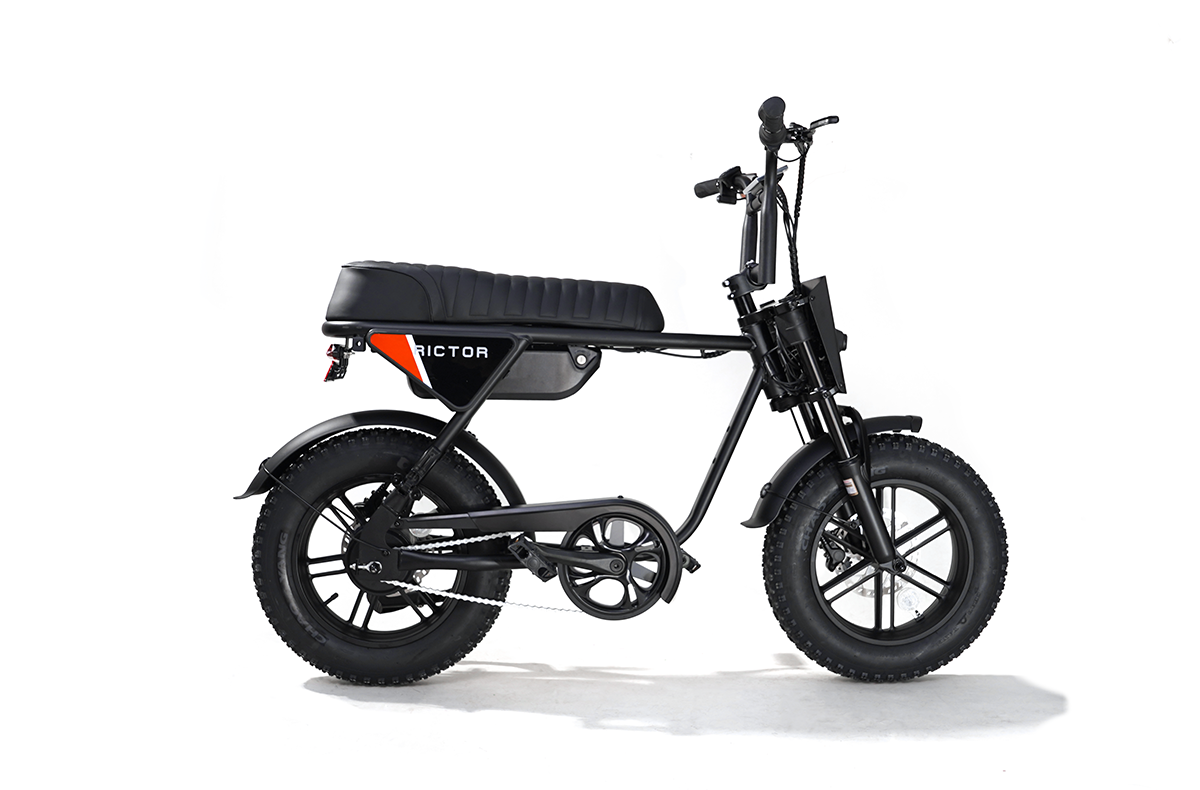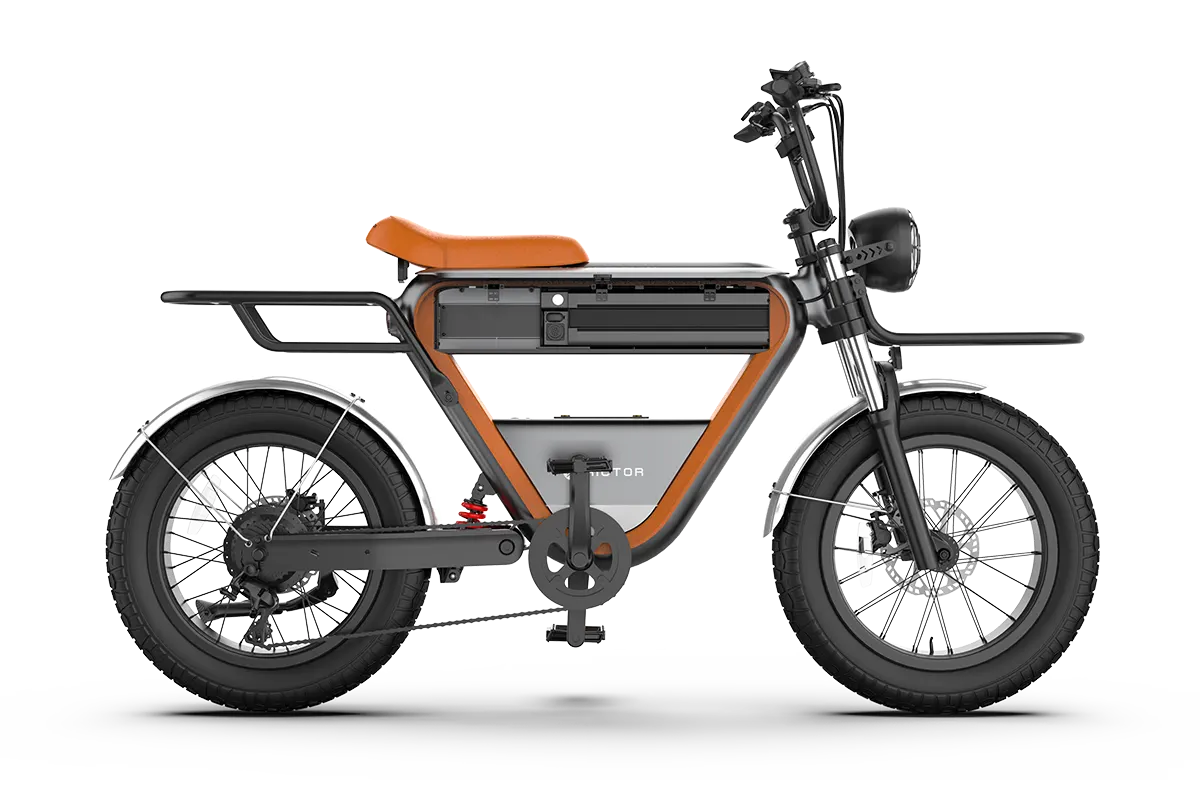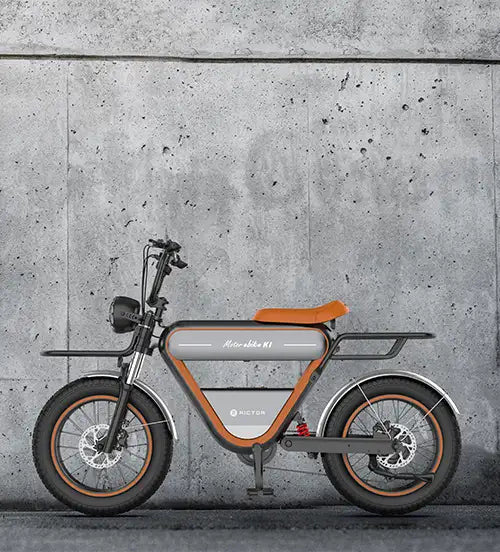
Speed Up Your Ebike: Tips to Make It Go Faster
If you're looking to enhance your electric bike's performance, there are several effective methods to unlock its full speed potential.
These strategies will help you achieve higher speeds for a more exhilarating experience.
Legal Limits on eBike Speed
Due to safety considerations, electirc bikes are subject to speed limits. The classifications determine the maximum speed and assist features for different types of eBikes:
-
Class 1: Pedal-assist only, limited to 20 mph (32 km/h).
-
Class 2: Throttle-assist, also limited to 20 mph.
-
Class 3: Pedal-assist, capable of reaching speeds up to 28 mph (45 km/h).
Different regions in the United States have their own unique regulations when it comes to eBikes, and it’s worth knowing what applies where you ride.
In California, all classes of eBikes are allowed on bike paths, but Class 3 eBikes may be restricted from certain trails designed for non-motorized use.
In New York, Class 1 and Class 2 eBikes can freely navigate bike paths, but Class 3 bikes face additional restrictions, often not permitted on paths meant for pedestrians or cyclists only.
Moving over to Colorado, the state generally allows eBikes on trails unless specifically prohibited, which makes it a bit more rider-friendly. However, local municipalities can enforce their own rules, so it’s always good to double-check.
Then there’s Florida, where all classes of eBikes are permitted on bike paths and many sidewalks, giving riders plenty of flexibility.
States like Texas have more relaxed laws, allowing Ebikes on roads and some paths, but local ordinances can vary widely, so checking with city regulations is essential.
Before riding your eBike, be sure to check the eBike laws in your state.
SEE ALSO Beyond the Basics | How Fast Can Your Electric Bike Really Go?
Method 1: The Magnet Trick
The magnet trick is a popular method for increasing your eBike’s speed by manipulating the sensor that tracks wheel rotation.
Essentially, the principle behind this trick lies in how the bike's speed sensor detects the rotation of a magnet attached to the wheel.
When the magnet moves past the sensor, it sends a signal that helps regulate the bike’s speed.
By relocating this magnet, you can trick the system into believing it's moving slower than it actually is, thus allowing the motor to provide more assistance.
The small magnet is typically located near the rear wheel hub, where the speed sensor can easily detect it.
This is where the sensor picks up the magnet's rotation.
The sensor continuously monitors the speed based on the magnet's rotation as the wheel turns.
When you move the magnet to a different position, like closer to the pedal or the pedal sensor, the system gets confused.
It thinks the wheel is turning slower, which leads to increased motor assistance.
After detaching the magnet, securely reattach it in the new position to prevent it from falling off during your ride.
I’ve found that this method can boost my eBike's speed from around 20 mph to speeds exceeding 30 mph.
Once you've made the adjustment, take your bike for a test ride in a safe area to see how it performs, enjoying the enhanced speed and responsiveness.
Method 2: Adjusting the Controller Settings
Ready to hit up Amazon and grab a new controller? Just make sure you check the wattage of your bike and the size of your battery first.
If you’ve got a 750W motor and a 48V battery, look for a controller that matches those specs. You can usually find some good options from eBike retailers or electronics stores.
When you get your new controller, the first thing to do is disconnect the old one. You’ll see a bunch of wires—these are for power, throttle, motor, and brakes.
Take a look at the wiring diagram that comes with your new controller to figure out where each wire goes.
Make sure to secure everything well so it doesn’t come loose while you’re riding.
Once you’ve got it all hooked up, dive into your bike’s settings through the display panel or a mobile app, depending on what you’re working with.
Look for the speed limit or power output settings, and bump those up to your desired levels.
If there’s an option to unlock higher speed settings, go for it. Just remember to save your changes before you exit.
It controls how power gets to the motor and how fast you can go. With a better controller, you’ll notice improved responsiveness and acceleration, plus you might hit some seriously fun top speeds. Enjoy the ride!
Method 3: Upgrading Your Motor
If you’re really serious about speed, upgrading your eBike’s motor can make a big difference.
A more powerful motor will give you the torque and speed you’re looking for, taking your rides to the next level.
Start by researching compatible motors that fit your eBike frame and battery. Some popular brands to consider include Bafang, Brose, and Bosch.
Look for motors with specifications like wattage, torque ratings, and RPMs that align with your riding style.
Generally, motors range from 250W to 1500W, with higher wattage providing better performance for speed enthusiasts.
Make sure you check your battery's compatibility with the new motor. The motor’s power requirements should match what your battery can provide.
For example, if you’re upgrading to a 1000W motor, your battery should be capable of delivering sufficient voltage and amp hours to support that power.
If your battery can’t keep up, you might end up with less performance than you expected.
Method 4: Improving Your Gearing
Upgrading your eBike’s gearing system can significantly boost your speed.
A better gearing system allows you to transfer more of the power from your pedals to the wheels, which means you can accelerate faster and maintain higher speeds with less effort.
So, what is a gear ratio? It’s simply the relationship between the number of teeth on your front chainring and the number of teeth on your rear cog.
If your front chainring has 50 teeth and your rear cog has 10 teeth, the gear ratio is 5:1.
This means that for every full pedal rotation, your rear wheel turns five times. A higher gear ratio helps you go faster because it allows your bike to cover more ground with each pedal stroke.
When you look at gear sets, you might see numbers like 16T or 28T. The "T" stands for teeth.
A 16T cog allows for quicker acceleration, making it easier to speed up initially.
However, as you reach higher speeds, a 28T cog can help maintain that speed by providing more resistance.
The number of speeds on your bike—like 6-speed or 7-speed—refers to how many different gears you can switch between on the rear cassette.
More gears allow for smoother shifting and better adaptability to various terrains.
Generally, electric bike come with 7 speeds, which is a good range to handle everything from flat roads to slight inclines.
By improving your gearing, you essentially make your bike more versatile. This means you can shift to a higher gear when you're on flat ground, allowing you to pedal efficiently and reach faster speeds without exhausting yourself.
Conclusion
While it's exciting to boost your eBike's speed, safety should always be your top priority. Make sure to wear proper gear, follow local laws, and stay alert on the road.
Rictor K1 electric bike with its smart technology and intuitive features, Rictor doesn't just make you faster—it makes your ride smoother and more enjoyable.
FAQs
Can increasing my eBike's speed affect battery life?
Absolutely. Higher speeds demand more power, which can drain your battery faster and reduce its overall lifespan. You may also need to upgrade your battery to handle the increased power requirements safely.
Is it safe to ride an eBike at higher speeds?
Riding at higher speeds increases the risk of accidents and injuries. Your eBike's frame, brakes, and tires may not be designed to handle higher speeds, potentially leading to mechanical failures. Always ensure that your bike is equipped to handle increased speeds safely.
Do I need a special license or insurance for a faster eBike?
In some regions, eBikes that exceed certain speed thresholds are classified differently and may require a motorcycle license, registration, and insurance. Check local laws to determine if your modified eBike falls into a different vehicle category.




